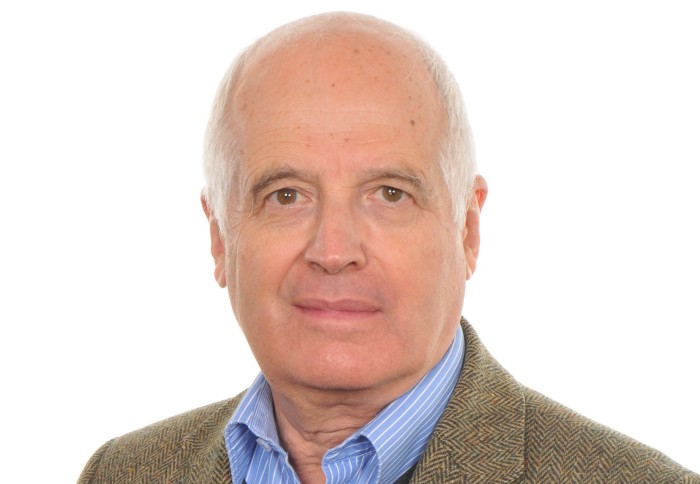Professor Alexei Kornyshev
Imperial College London
Department: Chemistry
Institution: Imperial College London
Email: a.kornyshev@imperial.ac.uk
Phone: +44 (0)20 7594 5786
Website: https://www.imperial.ac.uk/people/a.kornyshev

Research summary
Over my career I performed wide ranging, fundamental and transformative research across the borders of electrochemistry with physics and biology. I am the author of influential works on the theory of interfaces, solvation, hydration forces, electron and proton transfer in solutions and complex environ-ments ranging from membranes to nanodevices and single molecules. My work has revealed unexpected features of the electrical double layer in ionic liquids and in nano-confinement, stimulating many new kinds of experiments and applications. I have been involved in research that advanced our understanding at a fundamental, mechanistic level of how fuel cells function or misfunction, as well as how one can optimize nanostructured supercapacitors and electroactuators – the areas of great importance for sustainable energy technology. I pioneered the field of electrochemical nanoplasmonics and its applications to self-assembling electrovariable metamaterials. Over the past two decades I worked on a new theory for interaction and assembly of DNA in solutions. That theory has revealed new ‘hidden abilities’ encrypted into the secondary structure of DNA, confirmed by experimental observations.
The main directions of my current research are novel electrochemical optical metamaterials, applications of ionic liquids in energy storage devices, generally – highly concentrated ionic systems, and biophysics of DNA.
Research areas: Theoretical condensed matter chemical physics with applications to electrochemistry, biophysics, nanoscience, smart ‘electrochemical’ meta-materials, and energy research.
Current research interests (i) DNA biophysics, (ii) Optofluidics and nonophotonics, (iii) Molecular electronics and machines, (iv) electrochemistry and energy storage with ionic liquids, (v) electroactuation and reverse actuation.
Keywords
DNA, Metamaterials, Plasmonics
